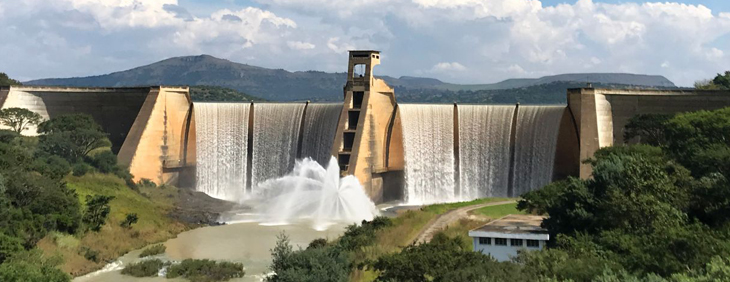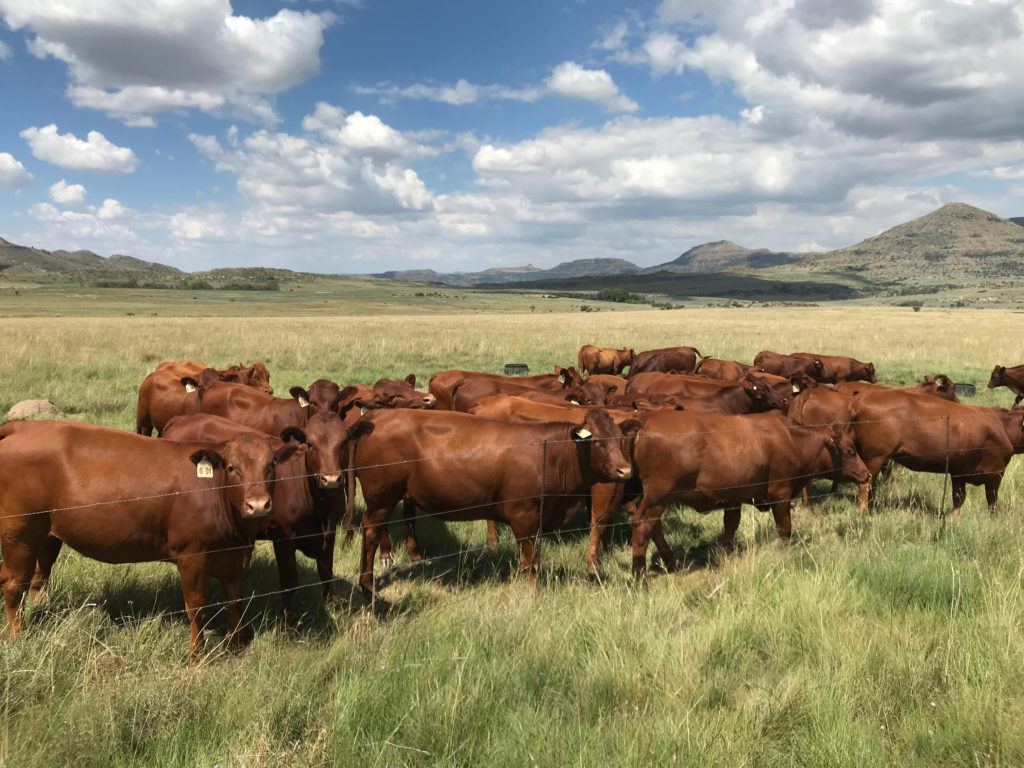Climate Smart Agriculture: Pathway for the Future
Climate Smart Agriculture
Climate smart agriculture (CSA) describes agricultural practices, approaches and systems that sustainably increase food and fibre production and the ability of farmers to earn a living, while restoring and protecting the environment.
Specific national and institutional policy documents underpin the process, namely: National Development Plan 2030: Our future – make it work; National DAFF: Strategic Plan 2014 to 2018; and Horizon 2020: Work Program 2015 to 2020; whilst, at global level, knowledge sharing alliances include Sustainable Development Goals – Agenda 2030, Paris Climate Agreement, CAADP, and African Vision 25×25.
The African continent is blessed with natural resources conducive to the production of ample food and fibre. However, man-made- and natural drought frequent this region, often due to incorrect cultivation and usage practices as well as more recent erratic rain- and climatic patterns. This impacts negatively on farming enterprises and rural development initiatives, thereby necessitating new approaches to the challenges of food security.
There are numerous cross-cutting approaches, occasionally referred to as, amongst others, low external input, conservation, biological, sustainable, land care, revival, and ecological agricultural practices. Fundamentally, they address similar basic principles. The core of CSA, which include all mentioned approaches, thus imply the restoration, maintenance, and improvement of all available natural, economic, and human social resources.
However, with the awareness of global warming, new dimensions came to the fore, which would also focus on resilience to adverse climatic conditions in agriculture. Thus, all farmers in South Africa need to be interdisciplinary engaged and specific managerial skills are required to achieve co-benefits from their farming operations.
Practically, CSA farming activities can be characterized more meaningful in what could be called clusters, each containing specific elements thereof.
- Information systems
- Develop early warning climate impact models
- Formulate risk evasive and mitigation management strategies
- Note indigenous knowledge and information systems
- Adopt new cutting-edge technologies, extension and communication networks
- Conduct research to formulate suitable indicators and measure impact of change
- Monitor and evaluate the responsiveness of agricultural practices to such indicators
- Financial accountability
- Create an enabling economic and socio-politic policy environment
- Address hinderances and gaps
- Introduce a value chain approach
- Leverage credit and financial services
- Develop financial management capacity and skills
- Exploit synergies and establish partnerships towards greater corporate mass
- Production efficacy
- Breeding and selection of animals and crops towards drought resilience
- Reformulate estimated breeding values to adapt to new environments
- New production systems of livestock and crops in water-scarce areas
- Implementation of proven best practices and models
- Conducting research for development i.e. engagement, outreach and evidence
- Seek increased opportunities in the value chain approach
- Frailness of natural resources
- Management of effluent and run-off water i.e. water quality
- Introduce water harvesting and management systems
- Enhancing soil biology through judicious cultivation and grazing patterns
- Harmonizing biomes with appropriate farming practices
- Combating land degradation and enhancing soil health
- Establish indicators of success
- Enriching human capital
- Acquisition of relevant knowledge and skills
- Empowerment and joint ownership of projects
- Interaction between input suppliers, stakeholders and farming organizations
- Build alliances with public private partnerships i.e. interdisciplinary engagements
- Harmonize local, national, regional and global objectives because CSA is multi sectoral
- Engage policy makers with producers
Whilst these clusters might serve as a conceptual framework of CSA, agriculturalists appreciate that it is a dynamic ongoing process and not an occurrence; a road map and not a short-term destination. This process is amply supported by the World Bank’s report stating:
“The World Bank promotes climate smart agriculture which aims to secure a triple-win of increased agricultural productivity, greater resilience and a lower environmental footprint.” Juergen Voegele, Senior Director, Agriculture Global Practices, The World Bank.
At Peritum, we believe that there are ample grounds of building alliances or partnership, both locally and abroad, to coordinate and strategize ecological, economic and social interventions through workshops and training programs.

